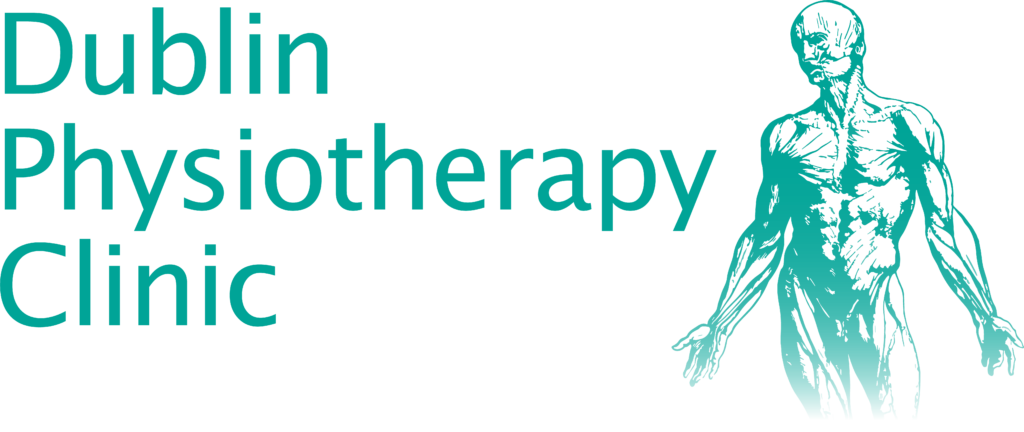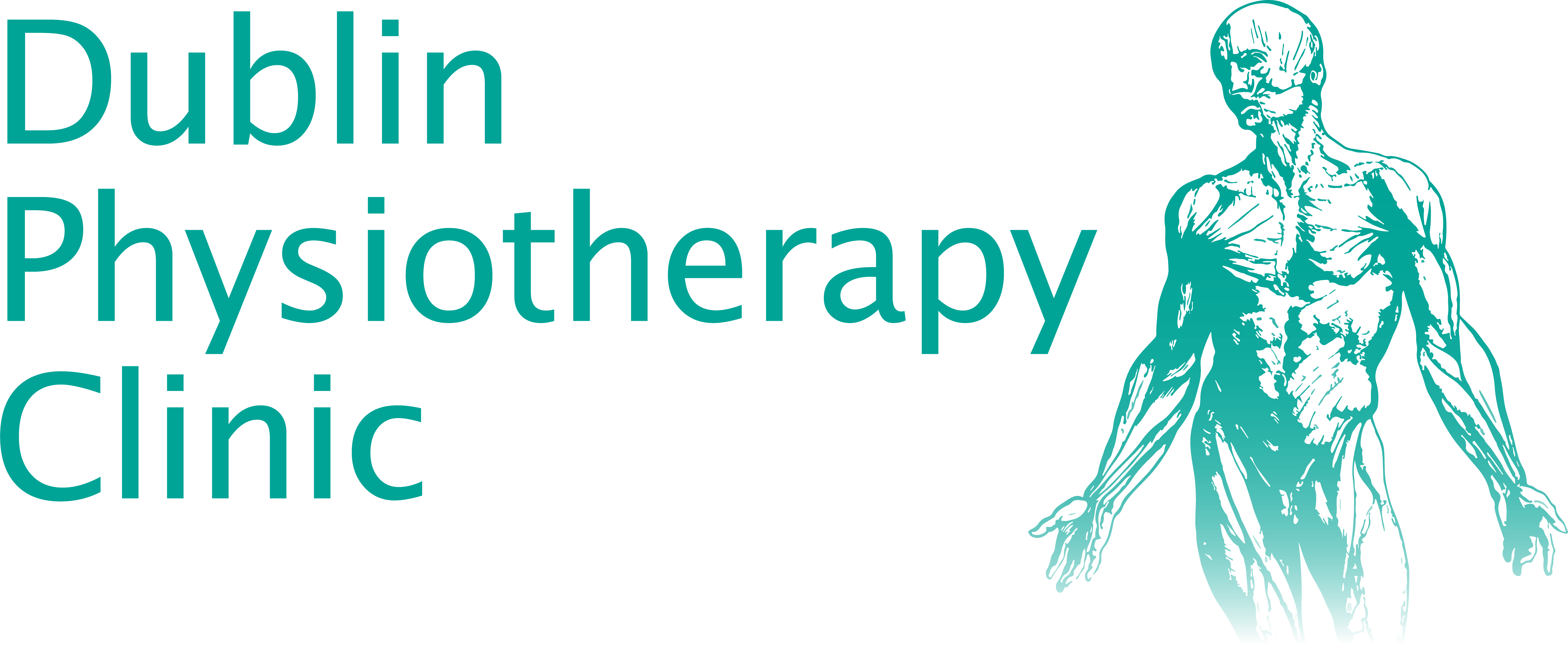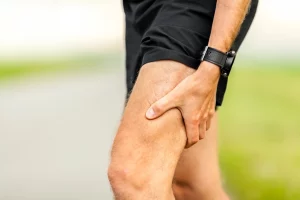Sciatica affects many people in the world today and is characterised by radiating leg pain and other secondary disabilities. Most patients suffering from sciatica recover fully through receiving primary care but a small percentage may require Secondary care and consequently surgery. In this article, we share with you two types of sciatica and some corrective exercises that are worth trying if you are in this situation.
The first condition is when you are stuck in an s-shaped position. Your body is shifted in one direction while your hips have shifted to the other. This is known as a “shift.” This happens when your body is trying to drift into a position that will help to get pressure away from an area where the disc is bulging.
If you are leaning or shifting towards the left side, this is likely happening because the disc is pushing out towards the right side. In this situation, a person will have right-sided sciatica.
1st Correction Technique
If you are in the above shift position, the first priority is to know if the shift position can be corrected or changed. If you are stuck with your shoulders to the left and your hips have shifted to the right side, try leaning with your left shoulder against the wall and let your hips to drift gradually in towards the wall. This is a form of a shift correction that helps you in realigning yourself.
If the pressure on your leg increases after trying out this technique, it is possible that the exercise is not a safe corrective thing to do.
Nonetheless, you can modify this exercise by bringing your feet closer to the wall without causing the leg pain. This can also be a first aid manoeuvre.
Sometimes, weight-bearing can put too much pressure on the disc. The compression through a vulnerable and irritated disc may become too much. You can work on a shift correction lying on your tummy. It is the same principle where you try to move your hips and torso to align them. If you do it lying down, there is no compression experienced from carrying the weight of your upper body. You can use this technique as a first-aid corrective measure without causing more compression on the disc.
At the clinical level, we often facilitate this with gentle manual therapy or mobilising treatment techniques that help in reducing the muscle spasms that can pull you while in any of the above positions.
However, if you are in the shifted position, the first priority is to change the shift without getting a sciatic nerve compression.
2nd Corrective Technique
The other kind of sciatic nerve deformity is when you see people stuck in a bent position. Any attempts to move from this position often cause increased pain. In that situation, we can at times work to bring people gradually up into a straight-up position when they are lying in their tummy. This type of movement is known as a spinal extension where the person is trying to go in an arched position as slowly as they can tolerate.
This might mean lying on the tummy or on a couple of pillows. You can then progress to lying on your elbows like how you do when reading a book. This is known as the sphinx position and the progression involved concentrates on straightening the arms and bringing yourself into a more extended position. It may cause discomfort in your spine but it should not cause any nerve-root pressure radiating down the leg.
In clinics, if we see patients with these situations we often try to employ graded manual therapy not thrusting manoeuvres. Graded mobilizations are more helpful in restoring that movement as well as easing spasms. We also try to use corrective tape to support the system and hold it in an upright position.
There are two basic principles when we have a disc irritation where we are trying to commence treatment and get the normal function back. When is it appropriate to do these things? When somebody is in acute severe pain, or within one to two days of a severe presentation and they cannot move or sit, it is not appropriate to use these techniques.
If these symptoms happen to fit the type of sciatica you have and you have any questions, feel free to contact us.





